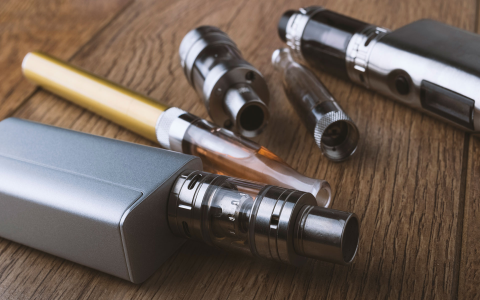Research indicates electronic cigarettes demonstrate efficacy for smoking cessation when substituted completely for tobacco. The UK’s National Institute for Health and Care Excellence (NICE) acknowledges them as a cessation tool, while Cochrane reviews cite moderate-certainty evidence of their superiority over nicotine replacement therapies (NRT) like patches or gum.
Key Factors Determining Effectiveness
Success hinges on several critical elements:

- Complete Substitution: Vaping must fully replace cigarette smoking, not complement it. Dual use negates health benefits.
- Appropriate Nicotine Strength: Matching previous cigarette intake is vital to prevent withdrawal and cravings, especially for heavy smokers. Start with higher strengths (e.g., 20mg/mL salt nicotine or 12-18mg/mL freebase).
- User Commitment: Treat vaping solely as a transitional step towards nicotine abstinence.
Optimizing Device Choice for Cessation
Select devices based on specific needs:
- Pod Systems (Refillable or Pre-Filled Pods): Ideal starters due to simplicity, portability, and effective nicotine delivery, particularly with nicotine salts offering a smoother high-nicotine experience. Opt for regulated models with adjustable airflow for a customizable experience.
- Mouth-to-Lung (MTL) Devices: Mimic the tight draw of a cigarette, providing a familiar sensation. Use higher resistance coils (above 1.0 ohm) and lower power settings.
- Nicotine Delivery Efficiency: Prioritize devices that deliver nicotine effectively to satisfy cravings. Pod systems with nicotine salts are typically highly efficient.
Essential Selection Criteria
- Reliable Nicotine Delivery: Consistency is paramount for craving management.
- Battery Life: Sufficient capacity to last throughout the day prevents frustration and relapse risk.
- Ease of Use & Maintenance: Complex devices can deter adherence, especially initially.
- Cost-Effectiveness: Consider long-term costs of coils/pods and e-liquid versus savings from quitting cigarettes.
Important Considerations
While a valuable tool, consult healthcare professionals before switching. Long-term health impacts are still under research. Aim for eventual nicotine cessation. For non-smokers, especially youth, vaping is strongly discouraged.









